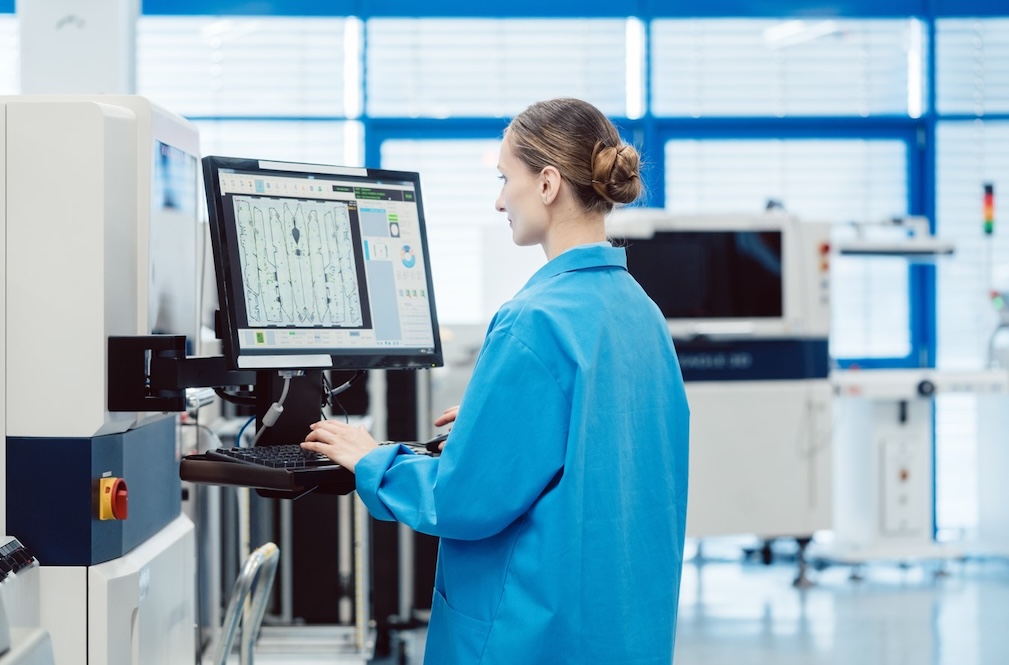In today's competitive market, no manufacturer can afford defective products or quality issues resulting from inaccurate measurements. The use of the golden sample (reference sample), also known as a standard sample, has therefore become crucial in validating measurement systems, as it creates an objective benchmark during the manufacturing process. The absence of a proper reference can not only cause direct financial losses but also severely damage the company's reputation. All these risks can be avoided by using a well-chosen and regularly checked standard sample, which has become an essential tool for quality assurance in modern manufacturing technology.
What is a golden sample? Perfection is the best foundation
In the world of manufacturing processes, the golden sample, or standard sample, fulfils a special role. This masterpiece is not just a simple sample piece but the embodiment of perfection, precisely defining quality expectations.
The standard sample is an approved sample that precisely shows what the customer wants to see in the finished product. This sample serves as a reference point for all subsequent production and inspection. When doubts arise during the quality control process, this is the piece one can always refer back to.
The primary task of the golden sample is to prevent quality deterioration. During manufacturing, tiny, barely noticeable changes occur in product quality over time. With the standard sample, these changes can be immediately detected and corrected.
It is important to clarify that the standard sample is not equivalent to a prototype. Whilst prototypes are often made with 3D printing or other accelerated methods, the golden sample goes through the same manufacturing processes as products made during subsequent mass production.
The golden sample is produced from the same materials, with the same machines, and under the same conditions as the series-produced pieces later. This makes it possible to serve as a truly authentic comparison basis.
Creating an objective standard
The golden sample is physical evidence that the manufacturer can meet quality requirements. This masterpiece defines the quality standard from which later deviations, whether positive or negative, are not permitted.
In terms of specifications, there is no room for compromise - if there is even the slightest flaw on the sample, it cannot be called a golden sample. This strict requirement ensures that a perfect reference point is available at the end of the development process.
Application of the golden sample in measurement system validation
The use of the golden sample enables accurate calibration of measurement systems and ensures long-term stability. Let's see how this works in practice!
Ensuring stability for long-term measurements
The basis of reliable measurements is a stable reference point. For this, we use standard samples to cover the entire measurement range. It is advisable to use three different golden samples: one from the lower, one from the middle, and one from the upper measurement range.
To track the stability of the measurement system, these standard samples must be re-measured at regular intervals. The results obtained during periodic validation are plotted on trend diagrams, making it easy to notice any deviations or long-term drifts.
Determining accuracy with the independent sample method
To determine the accuracy of the measurement system, we must first establish detailed reference values. To do this, we measure the golden sample at least ten times in succession under the same conditions. The average of these measurements will be the basis for later comparisons.
To check measurement accuracy, an operator performs another ten measurements. By plotting the results on a histogram, the scatter of the measurements and the extent of deviation from the reference value become visible. Using confidence intervals, we can quantify whether the system's accuracy meets the prescribed requirements.
Calculating the standard deviation of repeatability
One of the most important characteristics of a reliable measurement system is repeatability. To evaluate this, we analyse the standard deviation of measurement results using statistical methods. In practice, this means examining how much the results deviate from each other when measuring the same golden sample multiple times.
To reduce measurement uncertainty, it is important that the standard deviation remains within the limits specified in the manufacturing specifications. By regularly checking repeatability, quality problems can be prevented, and the long-term reliability of the measurement system can be ensured.
ProDSP services: innovation for measurement challenges
At ProDSP, we precisely understand that every production line harbours unique challenges. Our engineers develop customised measurement systems that perfectly match our clients' needs. Our validation systems can be seamlessly integrated into existing production lines, making them immediately usable during production.
Our expert team provides support in all areas, from hardware design to firmware development to ensure that the completed measurement system delivers the most accurate results possible. We design our measurement software to maximise data integrity whilst keeping the user interface easily comprehensible.
We are proud to offer high-quality training as an official National Instruments system integrator. Additionally, we conduct unique cable diagnostic tests in our modern laboratory to ensure that products meet even the strictest quality requirements.
For more details about our services, please read: https://www.prodsp.hu/en/services




